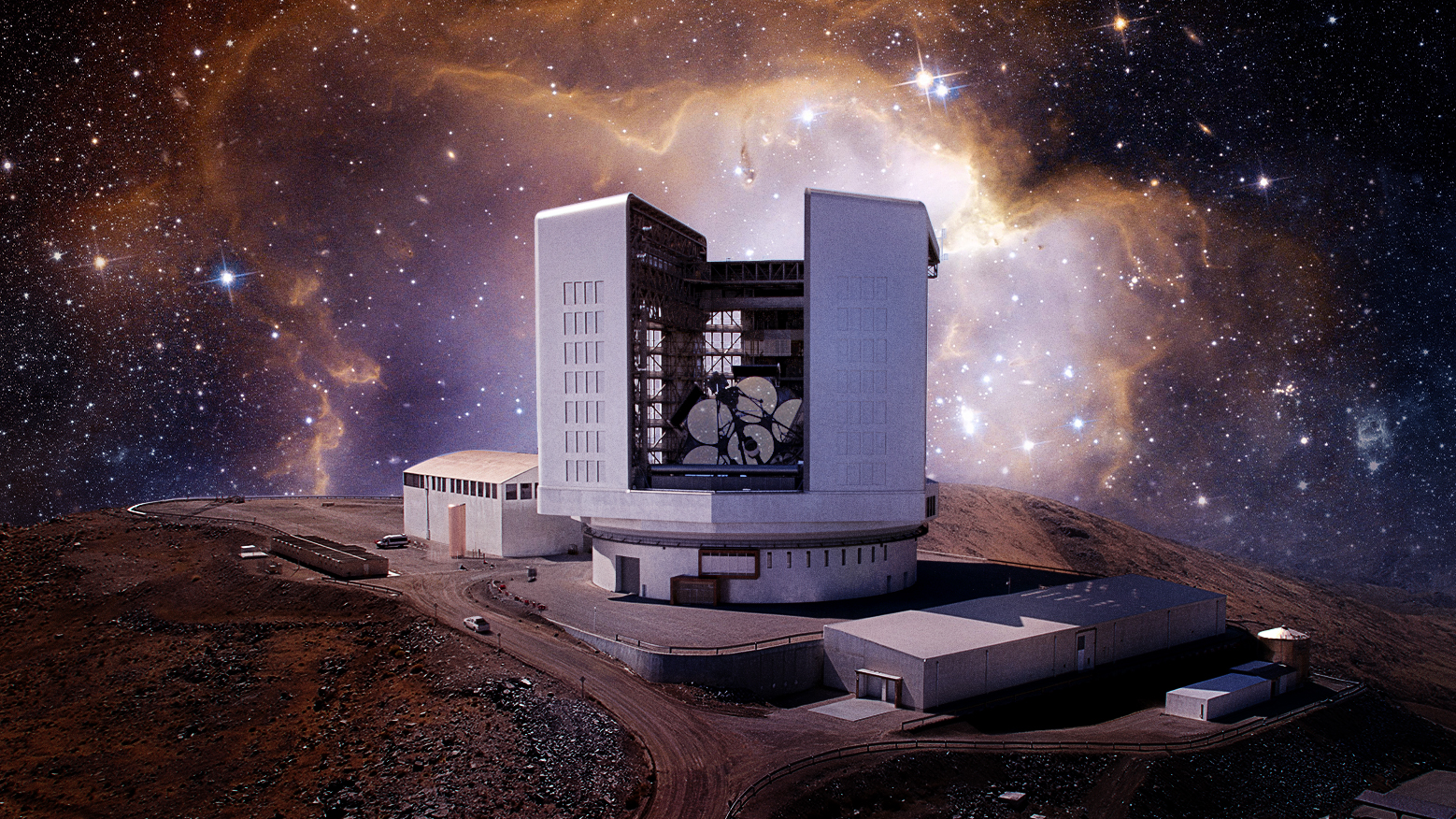Giant Magellan Telescope Advances to National Science Foundation Final Design Phase
One of the World’s Largest Optical Telescopes Reaches Milestone Toward U.S. Federal Construction Support
PASADENA, Calif., June 12, 2025 (GLOBE NEWSWIRE) -- The Giant Magellan Telescope received official approval from the National Science Foundation (NSF) confirming that the observatory will advance into its Major Facilities Final Design Phase, one of the final steps before becoming eligible for federal construction funding. This critical milestone recognizes the Giant Magellan’s scientific merit, construction progress, and alignment with U.S. priorities in science and technology.
“What a great moment for the future of American astronomy,” said Dr. Robert Shelton, President of the Giant Magellan Telescope. “The NSF’s decision to advance us into its Final Design Phase reaffirms the strength of our observatory and the decades of preparation by our dedicated team. With significant construction already underway across the United States and at our site in Chile, this milestone positions our nation to lead the next era of discovery. We greatly appreciate the NSF’s vote of confidence and its continued commitment to maintaining American leadership in science, engineering, and precision manufacturing.”
Backed by nearly $1 billion in private funding — the largest private investment ever made in ground-based astronomy — the Giant Magellan is built by an international consortium of 15 universities and research institutions, including the University of Arizona, Carnegie Institution for Science, The University of Texas at Austin, Korea Astronomy and Space Science Institute, University of Chicago, São Paulo Research Foundation, Texas A&M University, Northwestern University, Harvard University, Astronomy Australia Ltd., Australian National University, Smithsonian Institution, Weizmann Institute of Science, Academia Sinica Institute of Astronomy and Astrophysics, and Arizona State University.
The Giant Magellan is already 40% under construction, with major components manufactured and tested in facilities across 36 states in the U.S., including advanced optics and primary mirrors in Arizona, science instruments in multiple states including Texas, and the telescope mount structure in Illinois. At the observatory’s privately owned site in Chile, major infrastructure progress includes utilities, roads, support structures, and a fully excavated foundation for the enclosure.

The NSF’s decision follows the release of its FY2026 Budget Request to Congress and the recent U.S. Extremely Large Telescope External Evaluation Panel Report. The report expressed “confidence that the Giant Magellan Telescope will progress through FDP [Final Design Phase] to a successful FDR [Final Design Review] and construction, if approved.”
Over the last five years, the observatory has successfully passed all federally required reviews and is prepared to privately finance the Final Design Phase. This reflects the project’s advanced progress and expertise of its international consortium, with many design elements already exceeding NSF Final Design Review benchmarks.
“This is more than an investment in a telescope,” said Dr. Walter Massey, Board Chair of the Giant Magellan Telescope and former NSF Director. “It is a strategic necessity for the United States to maintain leadership in astrophysics, engineering, and artificial intelligence. The Giant Magellan Telescope will work in synergy with billions of dollars already invested in U.S. research facilities around the world, creating a powerful ecosystem of tools that ensure American scientists have the best resources to lead discovery.”
Strategically located in Chile’s Atacama Desert, the Giant Magellan occupies one of the most scientifically valuable observing sites on Earth. Chile offers more than 300 clear nights each year, exceptional atmospheric stability, and direct access to the southern sky and the galactic center of the Milky Way. The observatory amplifies billions in existing NSF investments in Chile, including the Vera C. Rubin Observatory, ALMA, and Gemini South, forming the cornerstone of a U.S.-led, multi-decade astronomical strategy in the Southern Hemisphere.
The Rubin Observatory, which is now nearing full operations, will conduct an unprecedented all-sky survey to discover rare, fast-changing cosmic events that offer powerful new ways to understand the evolution and structure of our Universe. But Rubin is only the first step. As part of a multi-decade strategy to ensure U.S. leadership in the Southern Hemisphere, astronomers will need the Giant Magellan’s greater sensitivity, resolution, and spectroscopic capabilities to fully investigate these discoveries. Without access to the Giant Magellan, Rubin’s survey potential will be largely out of reach for U.S. astronomers, and the transformational science it enables will be led by other nations with access to the next generation of “extremely large telescopes.”
The Giant Magellan Telescope is committed to the science goals of the U.S. Extremely Large Telescope Program, the top-ranked priority in the National Academies’ 2020 Decadal Survey on Astronomy and Astrophysics. The report called the program “absolutely essential if the United States is to maintain a position as a leader in ground-based astronomy.”
About
The Giant Magellan Telescope is the future of space exploration from Earth. Using seven of the world’s largest mirrors, the 25.4-meter telescope will produce the most detailed images ever taken of our Universe. It will uncover the cosmic mysteries of dark matter, investigate the origins of the chemical elements, and search for signs of life on distant planets. The Giant Magellan is the work of the GMTO Corporation, a 501(c)(3) nonprofit and international consortium of 15 universities and research institutions including the University of Arizona, Carnegie Institution for Science, The University of Texas at Austin, Korea Astronomy and Space Science Institute, University of Chicago, São Paulo Research Foundation, Texas A&M University, Northwestern University, Harvard University, Astronomy Australia Ltd., Australian National University, Smithsonian Institution, Weizmann Institute of Science, Academia Sinica Institute of Astronomy and Astrophysics, and Arizona State University. The Giant Magellan is being built in America and will be reassembled in Chile. With U.S. federal construction funding, the telescope will be completed in the 2030s. The Universe Awaits at giantmagellan.org.
Media Contact
Ryan Kallabis
Senior Director of Communications and Outreach
Giant Magellan Telescope
rkallabis@gmto.org
Media Kit
Multimedia assets and media usage statement available here.
A photo accompanying this announcement is available at https://www.globenewswire.com/NewsRoom/AttachmentNg/f461aa79-4d08-41b7-a32a-4f4d699b6938

Legal Disclaimer:
EIN Presswire provides this news content "as is" without warranty of any kind. We do not accept any responsibility or liability for the accuracy, content, images, videos, licenses, completeness, legality, or reliability of the information contained in this article. If you have any complaints or copyright issues related to this article, kindly contact the author above.

